Search Results for: Sharks
Skip to resultsCan’t find what you’re looking for? Visit our FAQ page.
811 results for: Sharks
-
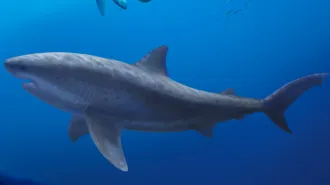 Animals
AnimalsHuge relatives of white sharks lived earlier than thought
Lamniform sharks such as great whites and tiger sharks are famous for their size. The first such giants evolved 15 million years earlier than thought.
By Jake Buehler -
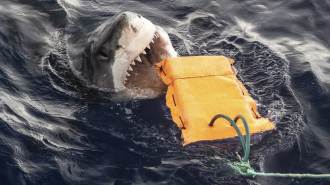 Materials Science
Materials ScienceNew wetsuit designs offer a layer of protection against shark bites
By weaving Kevlar or polyethylene nanofibers into standard neoprene in wetsuits, researchers found ways to limit injury during rare encounters with sharks.
By Carly Kay -
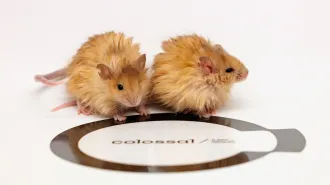 Animals
AnimalsThese are our favorite animal stories of 2025
From clever cockatoos to vomiting spiders, these cool critters captivated us this year.
By Carly Kay -
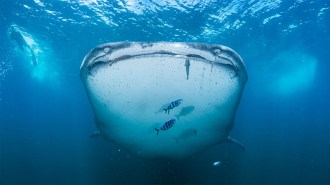 Animals
Animals50 years after ‘Jaws,’ sharks face their own terror
Humans have driven sharks and their cousins to the brink of extinction. The health of the entire ocean is at stake.
-
 Animals
AnimalsCompare shark sizes on our infographic
As Jaws celebrates its 50th anniversary, Science News explores the vast range of shark sizes, from megaladon to the dwarf lanternshark.
-

Which animal should scare you more?
Editor in Chief Nancy Shute discusses which should scare you more: sharks or ticks and fungus — and why sharks might actually be the least of your worries.
By Nancy Shute -
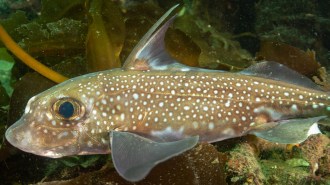 Animals
AnimalsThis ‘ghost shark’ has teeth on its forehead
Spotted ratfish, or “ghost sharks,” have forehead teeth that help them grasp onto mates. It’s the first time teeth have been found outside of a mouth.
By Meghan Rosen -
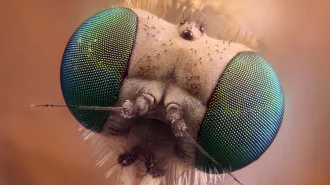 Life
LifeFrom viruses to elephants, nature thrives on tiled patterns
A compilation of 100 examples of biological tilings shows how repeated natural motifs enhance strength, flexibility and other key functions.
By Nikk Ogasa -
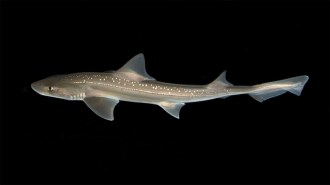 Animals
AnimalsIs that shark ticking? In a first, a shark is recorded making noise
The ocean can be a symphony of fish grunts, hums and growls. Now add tooth-clacking sharks to the score.
By Susan Milius -
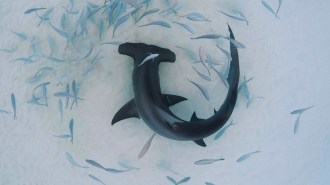 Animals
AnimalsHammerhead sharks’ diets may affect if they roam or stay home
Understanding hammerhead sharks’ food preferences could aid efforts to protect the critically endangered fish.
-
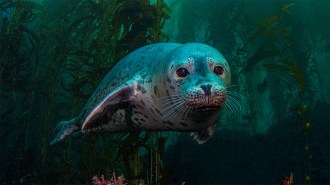 Animals
AnimalsU.S. seal populations have rebounded — and so have their conflicts with humans
Alix Morris’s new book, A Year with the Seals, explores humans’ complicated relationship with these controversial marine mammals.
-
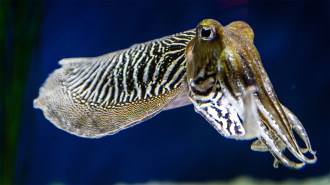 Animals
AnimalsCuttlefish ink may overwhelm sharks’ sense of smell
The main component of common cuttlefish ink — melanin — strongly sticks to shark smell sensors, possibly explaining why the predators avoid ink.